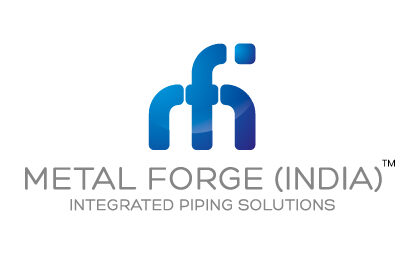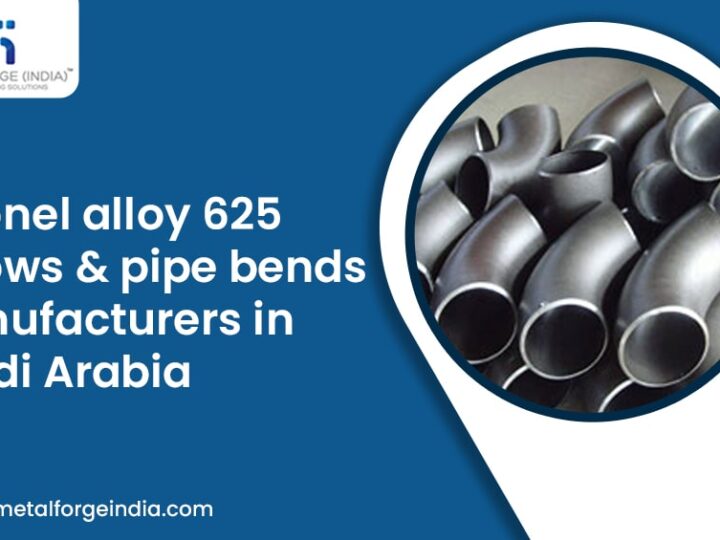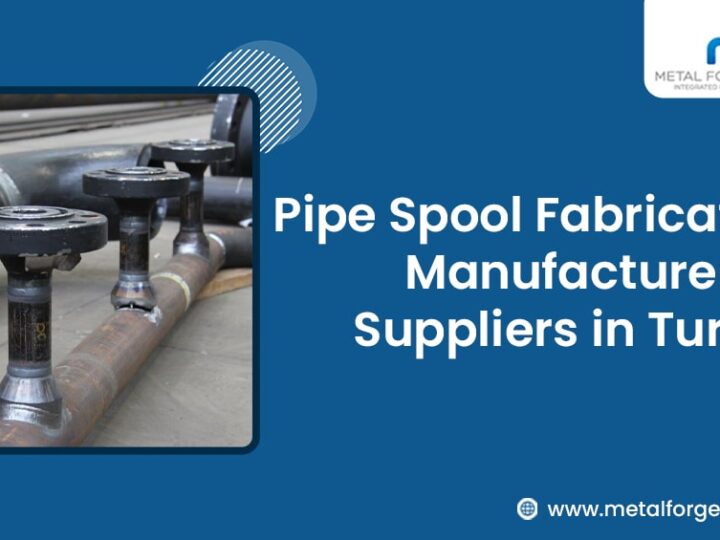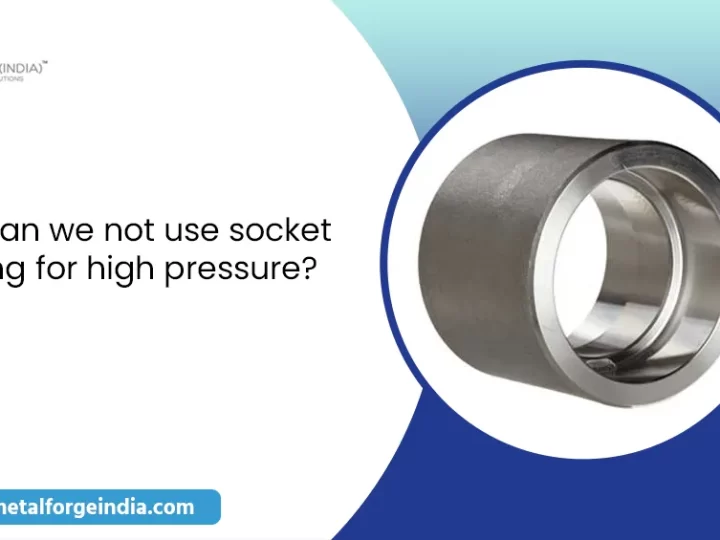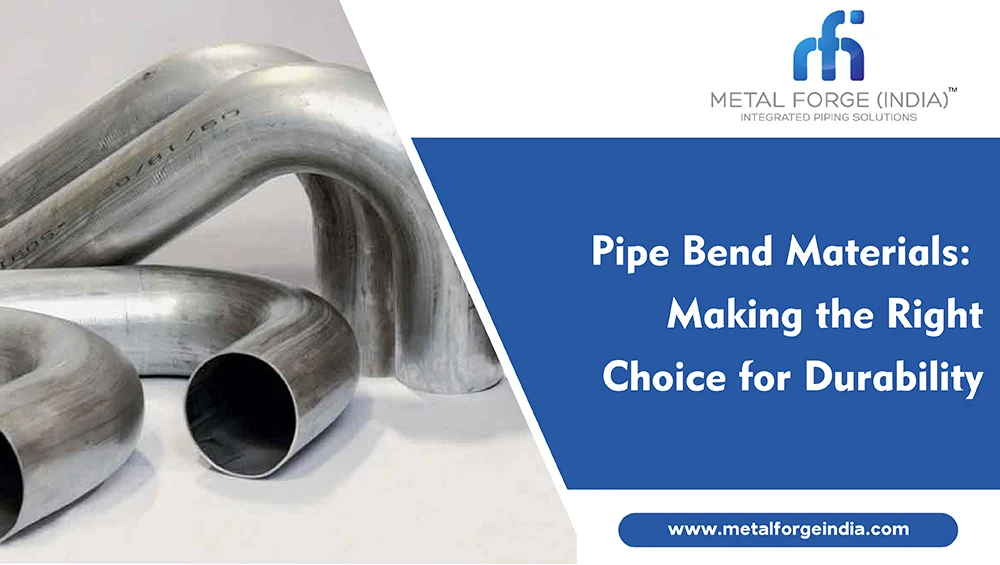
When it comes to choosing the right materials for pipe bends, there are a variety of options to consider. From 1.5d pipe bends to 180-degree pipe bends, each type has its own unique characteristics and advantages. In this blog post, we will explore the different types of pipe bends and help you make the right choice for durability.
Understanding Pipe Bends
Pipe bends are essential components in various industries, including oil and gas, chemical, and construction. They are used to change the direction of the pipeline and come in different angles and radiuses. The most common types include 1.5d, 3d, 4d, 5d, and 10d pipe bends, each offering a different degree of curvature. Additionally, 180-degree pipe bends are used when a complete reversal in the direction of flow is required.
Choosing the Right Material
The choice of material for pipe bends is crucial for ensuring durability and longevity. Common materials include carbon steel, stainless steel, and alloy steel. Each material has its own unique properties, such as corrosion resistance, high-temperature strength, and impact resistance. Understanding the specific requirements of your application will help you determine the most suitable material for your pipe bends.
Factors to Consider
When selecting pipe bends materials, there are several factors to consider. These include the operating temperature and pressure, the nature of the fluid being transported, and the environmental conditions. Additionally, factors such as cost and availability of the material should also be taken into account.
Making the Right Choice
After considering all the relevant factors, it’s important to make an informed decision about the material for your pipe bends. Consulting with a professional engineer or a materials specialist can provide valuable insights and ensure that you make the right choice for durability.
Conclusion:
In conclusion, choosing the right materials for pipe bends is essential for ensuring the longevity and reliability of your pipeline system. By understanding the different types of pipe bends and considering the specific requirements of your application, you can make an informed decision that will result in a durable and efficient pipeline. Whether it’s a 1.5d pipe bend or a 180-degree pipe bend, the right material will make all the difference in the performance of your pipeline system.
